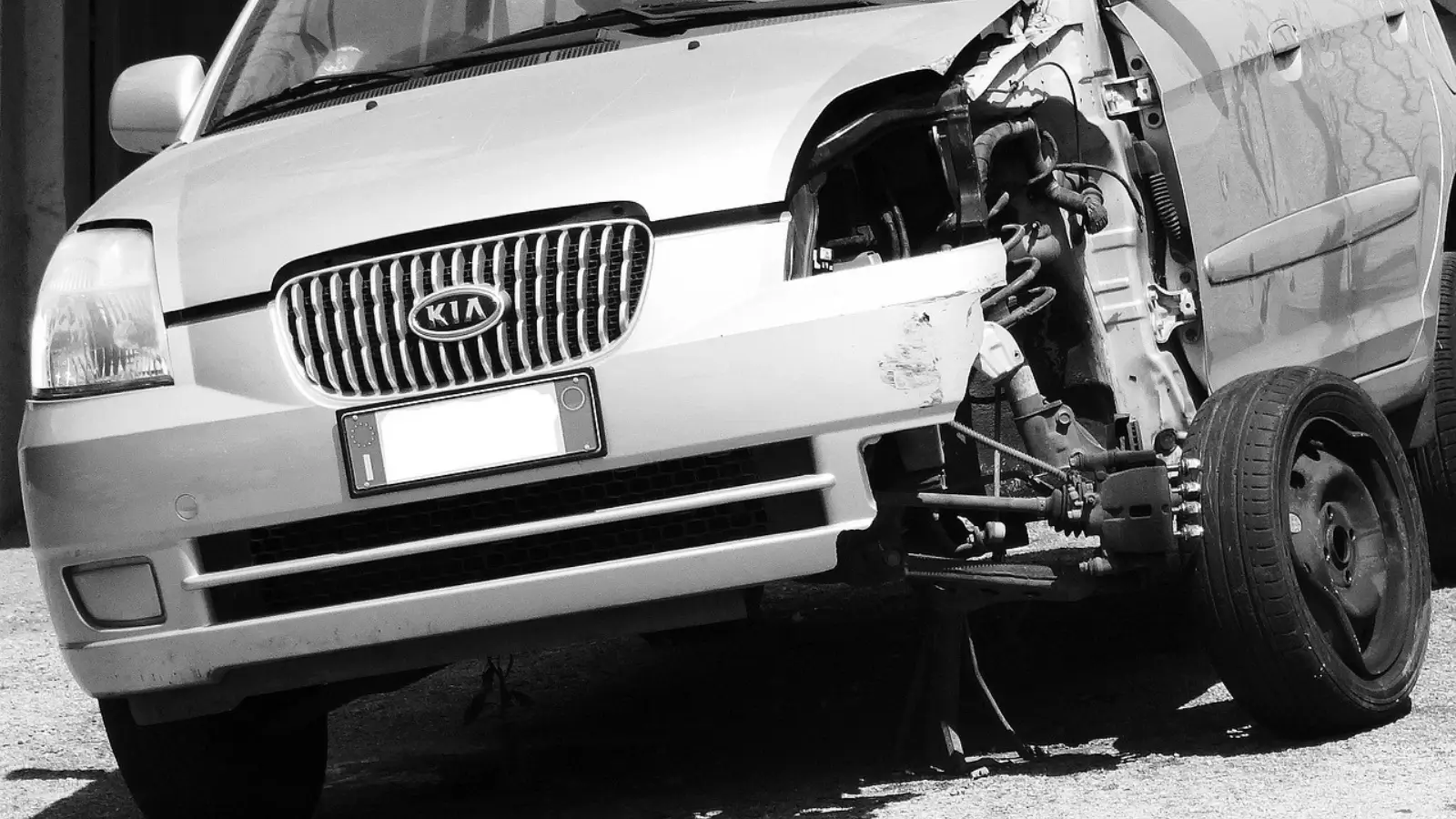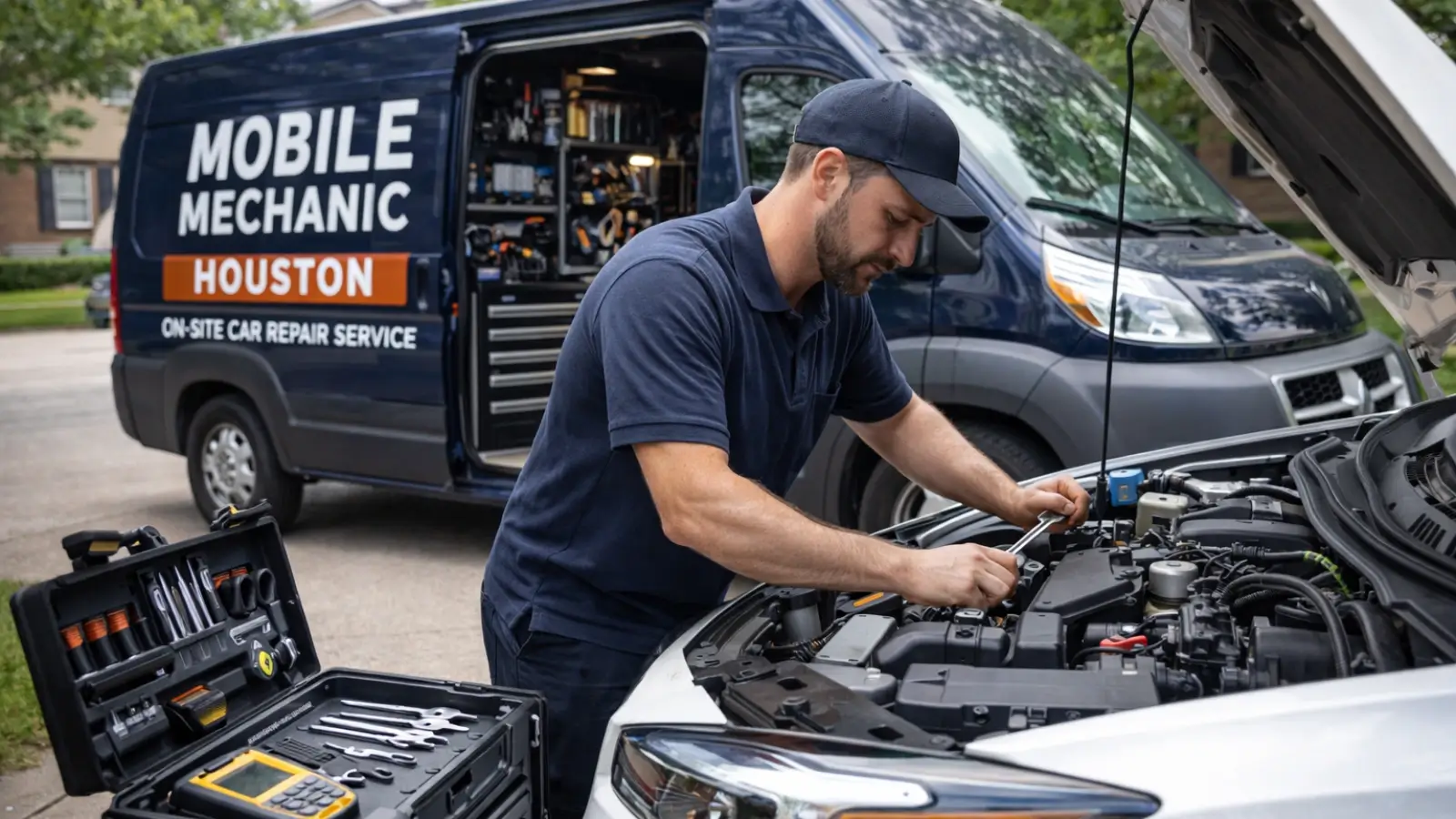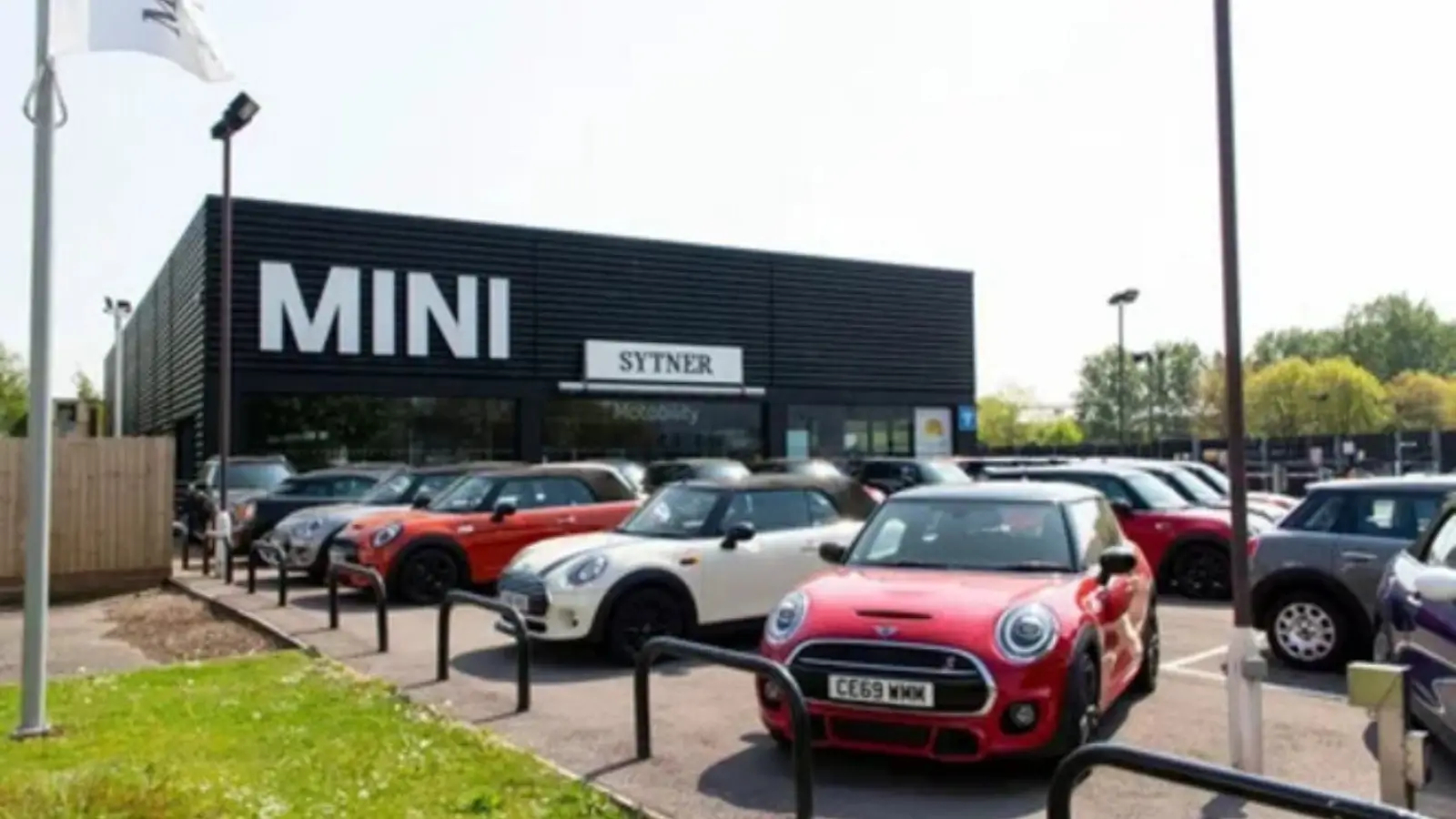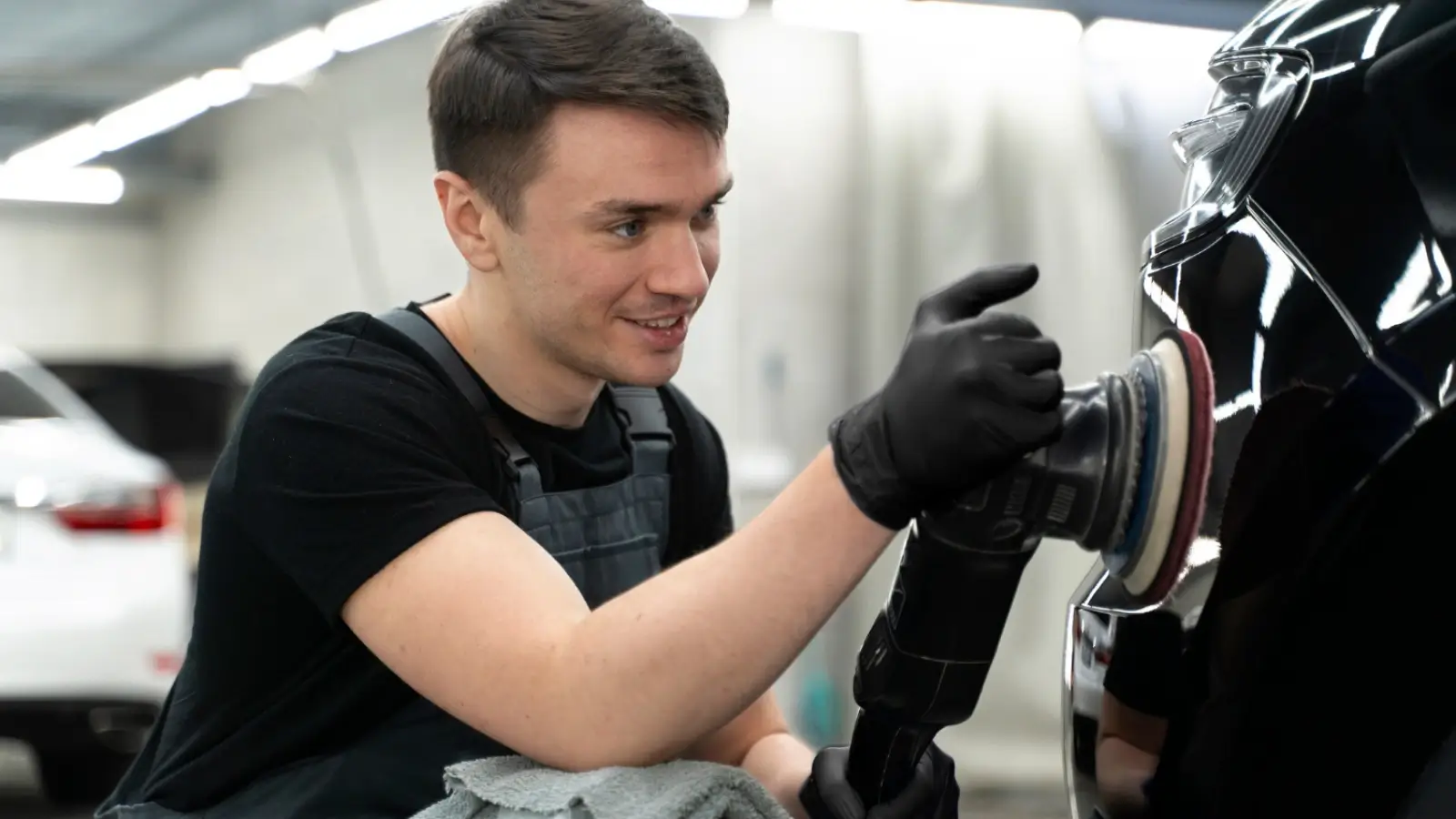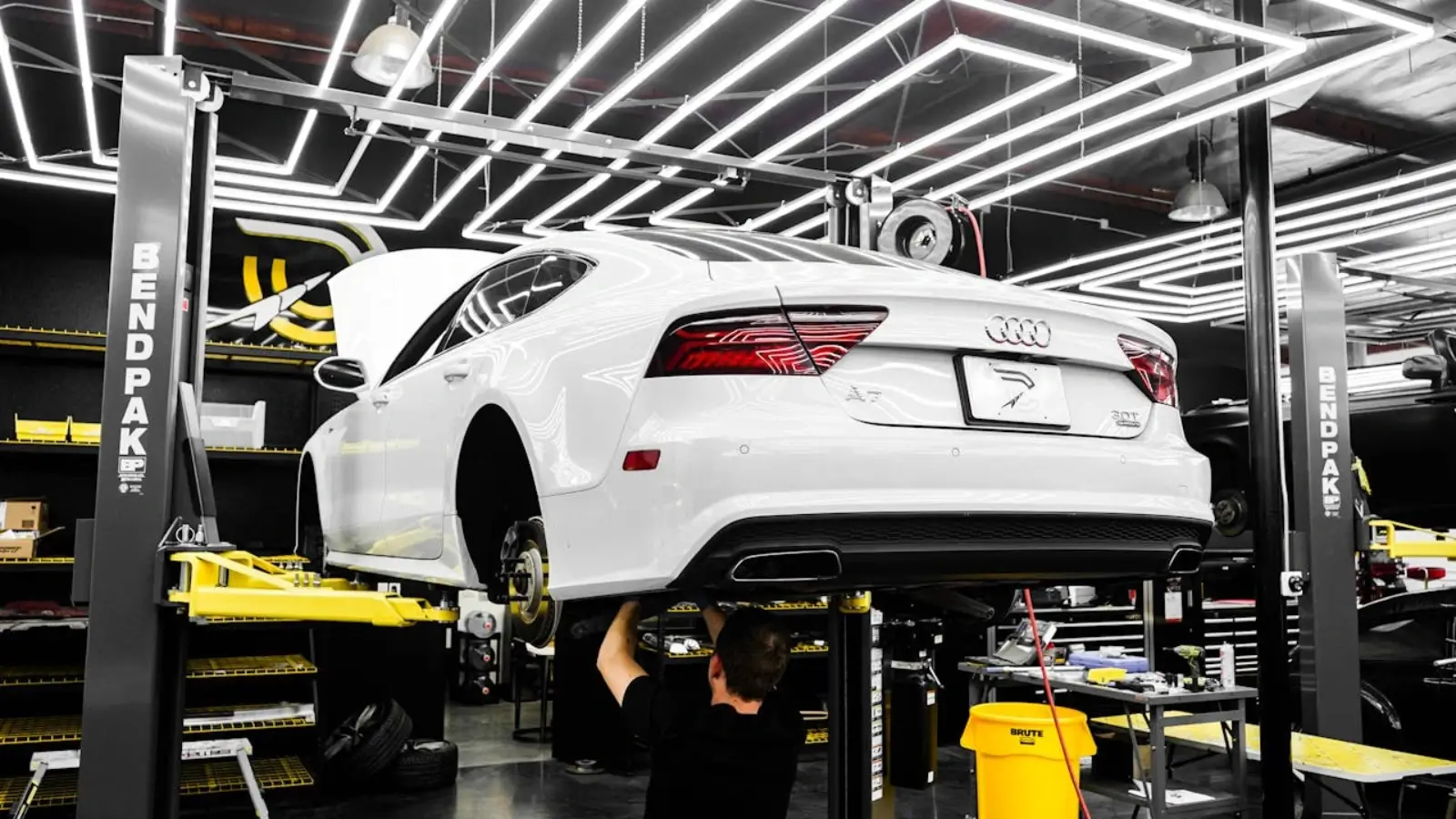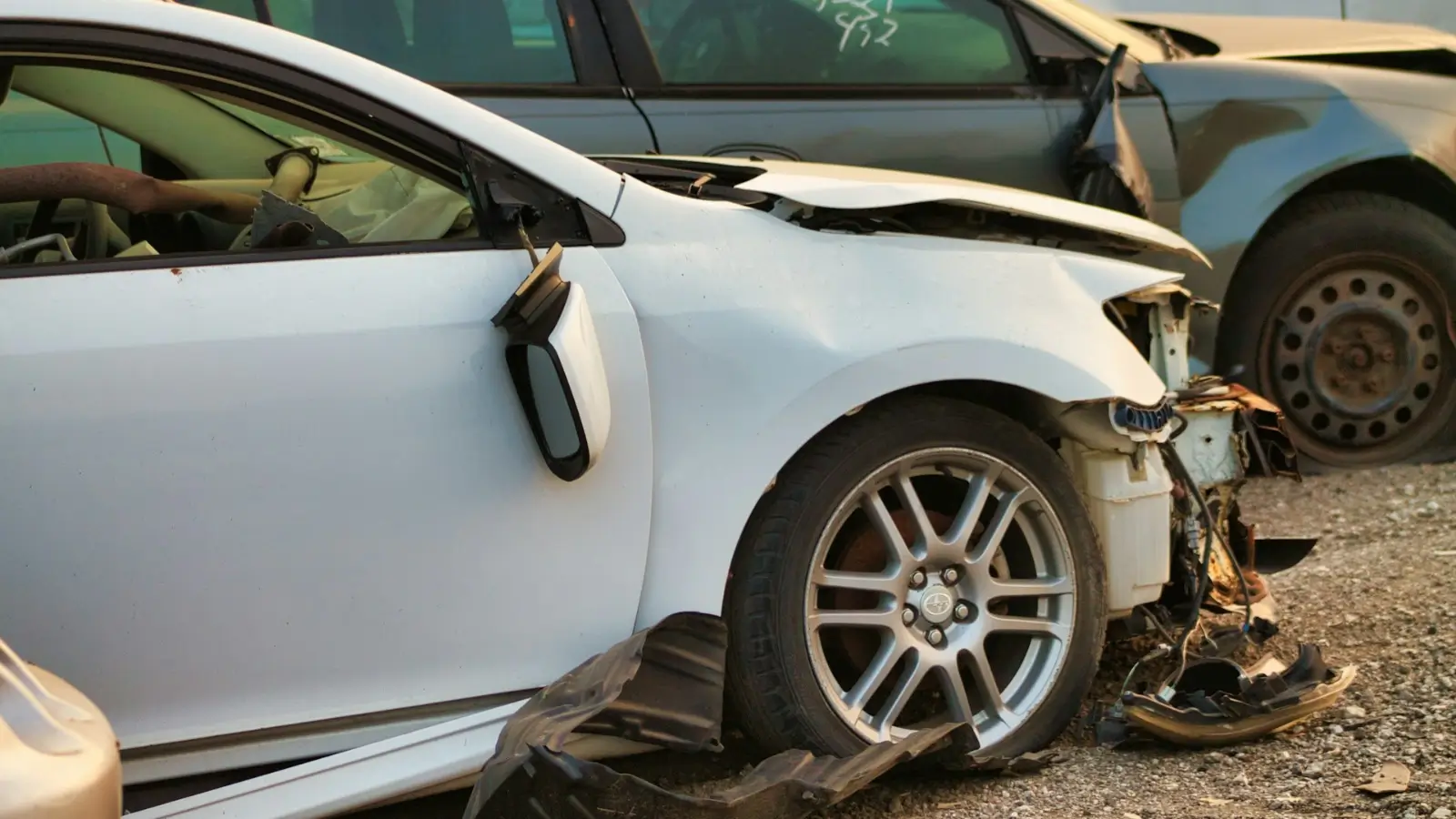Owning a car comes with a bit of responsibility. Most of the time, things run smoothly, until suddenly, they don’t.
A flat tyre, a flat battery, or a strange noise under the bonnet can catch you off guard and throw your whole day off track. Even the most reliable vehicles can throw a spanner in the works from time to time.
Here are five of the most common car issues drivers face, plus a few easy ways to prevent them before they leave you stranded.
1. Dead Battery
There’s nothing worse than hopping into your car, turning the key, and… nothing. A flat battery is one of the most common reasons motorists call for roadside assistance. It’s especially common in winter, or when a car hasn’t been driven for a while.
Batteries naturally degrade over time, but things like leaving your lights on, running electronics with the engine off, or poor charging from a faulty alternator can speed things up.
How to Prevent It
- Drive regularly: If your car sits idle for long periods, take it for a spin every few days to recharge the battery.
- Check battery age: Most car batteries last 3-5 years. If yours is older, it might be time to get it checked or replaced.
- Avoid short trips only: Constant short-distance driving doesn’t give the battery enough time to recharge.
- Turn off accessories: Always switch off lights, heaters, and infotainment systems before turning off your engine.
If your battery is repeatedly going flat, it might be worth getting your charging system checked — or you could find yourself stuck when you least expect it.
2. Flat Tyres
Tyres are your car’s only contact with the road, so when one goes flat, everything comes to a halt - literally.
Blowouts or punctures can be dangerous and inconvenient, especially if you’re in a remote area or on a busy highway. Punctures from nails or glass, worn-out tread, under-inflation, and hitting kerbs or potholes are all common culprits.
How to Prevent It
- Check tyre pressure regularly: Tyres naturally lose air over time. Use a pressure gauge monthly and inflate them to the manufacturer’s recommended PSI.
- Inspect tread depth: Tyres with bald patches are more prone to punctures and provide less grip in wet conditions.
- Avoid hazards: Watch out for potholes, road debris, and poorly maintained shoulders.
- Rotate your tyres: Rotating your tyres every 10,000km helps them wear more evenly, extending their lifespan.
Keeping a spare tyre and knowing how to change one is also a good move, just in case you ever find yourself in a pinch.
3. Overheating
Overheating is a serious problem, especially in the hotter parts of Australia. It often leads to engine damage and big repair bills if not handled quickly.
The engine cooling system is complex, and any weak link, like a broken fan, low coolant, or a cracked radiator, can cause temperatures to soar. Understanding what is antifreeze and how does it work can help you identify issues early and keep your cooling system running smoothly.
How to Prevent It
- Check coolant levels: Coolant (not just water) should be topped up regularly and replaced according to your car’s service schedule.
- Inspect the radiator and hoses: Leaks, corrosion or blockages can stop coolant from circulating properly.
- Watch the temp gauge: If it starts climbing, pull over, turn off the engine and let things cool down before popping the bonnet.
- Get the cooling system flushed: Build-up over time can reduce efficiency, so a flush every few years can keep things flowing smoothly.
A properly functioning cooling system is your car’s version of a good summer breeze — don’t let it overheat under pressure.
4. Brake Issues
Your brakes are arguably the most important safety feature on your car. Squealing, grinding, or spongy brakes should never be ignored — they could mean worn pads, low brake fluid, or worse.
Brake components wear out over time. Driving in stop-start traffic, towing heavy loads, or frequent downhill braking can speed up wear and tear.
How to Prevent It
- Listen for noises: Screeching or grinding could mean your pads are worn and need replacing.
- Check brake fluid: Low levels or dirty fluid can reduce braking power and damage components.
- Service regularly: Don’t skip your car’s logbook servicing — brake checks are often included.
- Use engine braking when possible: Especially when heading downhill, use lower gears to take some pressure off your brakes.
Ignoring brake problems is like playing with fire, so if anything feels or sounds off, get it checked immediately.
5. Transmission Issues
If your car hesitates when changing gears, jerks while driving, or makes a whining noise, your transmission might be in trouble. And unfortunately, it’s one of the more expensive fixes out there.
Transmission problems can stem from low or dirty fluid, worn clutch components (in manuals), or electronic control faults.
How to Prevent It
- Check transmission fluid (if applicable): Low or burnt-smelling fluid is a red flag.
- Get regular services: Some transmissions are “sealed for life”, but others need fluid changes every 60,000–100,000km.
- Drive gently: Avoid aggressive acceleration or towing beyond your car’s rated capacity.
- Mind the clutch: For manual drivers, avoid riding the clutch or holding it at traffic lights.
If you notice signs of trouble, act early — it might be as simple as a fluid top-up or as serious as a clutch replacement. Either way, catching it early can save you thousands.
Car troubles are never convenient, but the reality is, many of them don’t come out of nowhere. Most issues tend to build up over time. The key is spotting the early signs and staying on top of maintenance before they turn into costly repairs.
Taking a proactive approach, like keeping an eye on fluid levels, listening out for unusual sounds, and booking regular services, can save you stress, time, and money down the track. It also means your car stays reliable and safe, whether you're doing the school run, heading to work, or hitting the road for a weekend away.
And if you ever want to reflect on how far motoring has come, this story about a Mazda 121 might just take you back.










